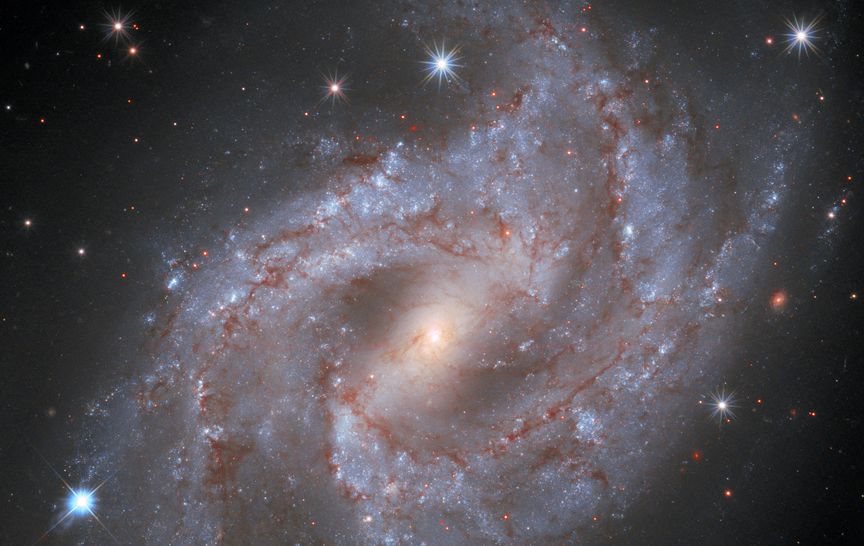In January 2018, NASA detected a powerful burst of light outside the spiral galaxy NGC 2525, 70 million light-years from Earth. A month later, the Hubble telescope began taking images of the astronomical spectacle and this is the result.
Although the device missed the heigh of the explosion – during which the supernova had a brightness intensity 5 billion times greater than that of the Sun – it managed to capture equally spectacular images of how the star fades.
The extraordinary space photoshoot lasted about a year.
“No fireworks display on the ground can compete with this supernova, captured in its fading glory by the Hubble telescope,” astrophysicist Adam Riess said in a statement.
The supernova in the video named SN 2018gv and discovered by Japanese amateur astronomer Koichi Itagaki originated from a white dwarf in a binary system that had accumulated so much material from its companion star that it reached a critical mass, while its core became hot enough to turn it into a “giant atomic bomb,” NASA explained.
It should be noted that this type of stars help astrophysicists calculate distances between galaxies and accurately measure the rate of expansion of the universe.
